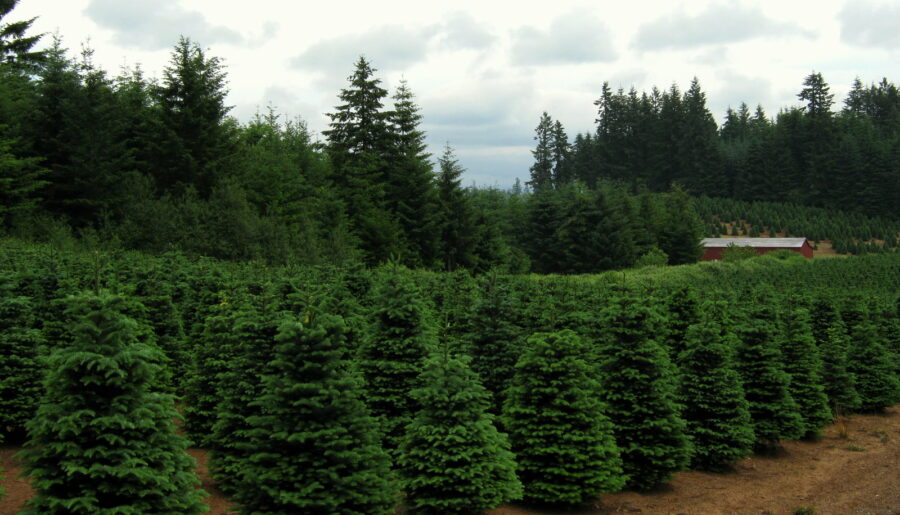Trees Are Shifting West, Stumping Scientists
Scientists have tracked tree migration for decades, but they remain stumped as to why the plants are heading west instead of towards a colder climate.
This article is more than 2 years old

Scientists have discovered an unexpected phenomenon taking place among trees in the eastern part of the United States. According to an article from Ripleys.com, data shows that tree populations in the region have been migrating west at a speedy rate of 9.5 miles per decade since 1980. The trend defies many scientific predictions about migration patterns, leading scientists to believe that there may be more to the story than climate change and shifting rainfall.
The study that rendered these findings was performed by a team of ecologists at Purdue University led by researcher Songlin Fei. The group studied U.S. Forest Service data spanning from 1980 to 2015. They tracked the populations of 86 tree species between Minnesota and Maine, and as far south as Florida, to determine migrating patterns.
The team was surprised to discover that the population centers of 73% of trees were migrating west, compared to 62% migrating north. Northbound trees are also moving at a slower rate than their westward counterparts, migrating 6.8 miles per decade. Only a small number of tree populations have moved east or south at all in the same timespan.
Scientists have long predicted that tree migration would trend toward the Earth’s poles as they followed familiar climates. In this view, the northern migration makes sense – as the temperature of the planet increases (the U.S. saw a 0.29-degrees Fahrenheit bump between 1980 and 2015), trees would gradually move north toward cooler temperatures. Beyond temperature, an evident factor of climate change has been altered storm and rainfall patterns. As the research team put the tree migration data against rainfall records, they found that, like temperature, rain was only part of the story.
There is still more rain in the eastern part of the U.S. than the west (though Californians may have a hard time believing it right now). Temperature and precipitation are factors, but there are other, less obvious forces affecting the way tree populations have been migrating in recent decades.

First, scientists recognize that each species has its own unique responses to changes in the environment. Second, environmental changes are various. Changing weather is one thing, but direct human interference is another.
Factors ranging from conservation projects to urbanization have likely affected the way tree populations have been migrating in recent years. Pests and other natural factors are also in play. All together, the multitude of factors gives scientists a lot to contend with in determining cause and effect relationships related to tree migration.
The importance of doing so, however, may be critical. Researchers have noted that the rapid rate that tree populations are migrating could have disastrous ecological consequences, and could even result in certain species’ extinction. Scientists and people of all backgrounds are thinking outside the box in order to find methods of battling climate change. As warning signs turn to grim effects, scientists like the research team at Purdue continue to scramble for answers about the changing environment that could help humanity right the ship, or at least weather the storm.











